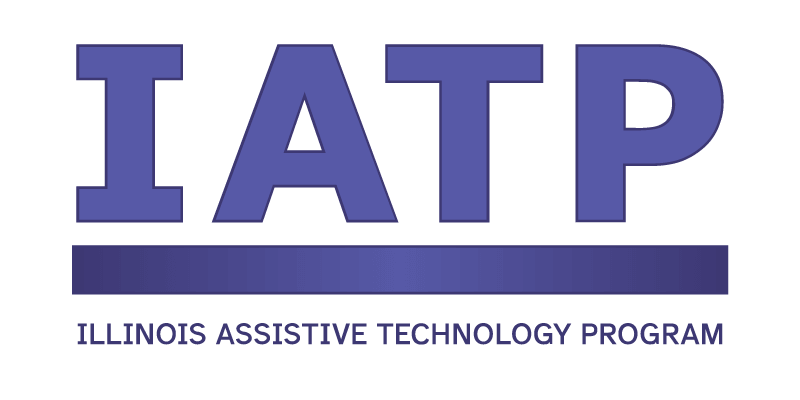Information and communications technologies (ICT) is a broad term that refers to all products and technologies that are used to create, access, manipulate, store, retrieve, transmit, or receive information and communications in a digital format. It is critical that ICT be accessible to all individuals.
IATP provides training on the importance, development, application, and integration of accessibility for information and communication technologies. Examples include:
- Federal and state laws related to accessible ICT requirements and compliance
- Organization infrastructure to address accessibility
- How to develop accessible documents (i.e. Word, PDF, Power Point, Google Docs)
- How to remediate inaccessible documents
- Development of accessible multimedia and websites
- Procurement policies
- Accessible communications
- Other technology and communication components related to ICT infrastructure
If you are interested in ICT Accessibility training or services, or wish to learn more about assistive technology users and tools they use to interact with ICT, please contact IATP using our Contact US options or email accessibility@iltech.org.
ICT Resources
External Resources Disclaimer:
IATP is providing a limited list of relevant links to resources for Accessible ICT and Accessible Educational Materials. As best as we try to make sure all of our suggested resources are accessible, we are not able to test all resources and sometimes when they are updated it creates new accessibility issues that we were not aware of during our posting. Please keep this in mind when navigating off of the IATP website to other resources. If you encounter a problem with a resource, we encourage you to directly contact the website developer and/or author(s) of the document.
Testing Tool Caution:
Please remember that all automatic testing tools only test about 40% of common accessibility issues. Testing tools are a significant first step in checking for accessibility issues. Keep in mind a passing report from an accessibility testing tool and/or a checklist does not mean that your website and/or document is 100% accessible.
Accessible ICT Laws, Standards, and Guidelines
Illinois Information Technology Accessibility Act
U.S. Access Board – ICT Revised Section 508 Standards and Section 255 Guidelines
Twenty-First Century Communications and Video Accessibility Act (CVAA)
ADA Amendments Act of 2008 (P.L. 110-325)
EN 301 549: The European Standard for Digital Accessibility
Web Accessibility Information
Web Content Accessibility Guidelines (WCAG) 2.1
W3C Introduction to Web Accessibility
WebAIM Introduction to Web Accessibility
W3C Easy Checks – A First Review
U.S. Web Design Systems (USWDS)
Automated Accessibility Testing Tools
Illinois – Getting Started : Functional Accessibility Evaluator 2.1
WebAIM WAVE Web Accessibility Evaluation Tool
Color Contrast
Acart Communications Contrast Checker
Coblis Color Blindness Simulator
MSF&W Color Contrast Ratio Calculator
Paciello Group Colour Contrast Analyser
Social and Multimedia
Improving the Accessibility of Social Media in Government
WebAIM Captions, Transcripts, and Audio Descriptions
CADET – Caption and Descriptive Editing Tool
Lireo Designs – How to Add Alternative Text to Facebook Photos
Lireo Designs – 10 Things to Know About Twitter’s Alternative Text for Images
Electronic Documents
Word Documents
Microsoft Make your Word documents accessible
Vision Australia Document Accessibility Toolbar (DAT)
PowerPoint
Microsoft – Make your PowerPoint presentations accessible
WebAIM PowerPoint Accessibility
W3C – How to Make Your Presentations Accessible to All
Adobe PDF Accessibility Overview
Procurement
GSA Guide to Buying Accessible Products and Services
PEAT Buy IT Guide for purchasing accessible technology
Voluntary Product Accessibility Template (VPAT)
Products
Microsoft Accessibility Features and Tools
Accessible Educational Materials
Illinois NIMAS-NIMAC Information
Illinois NIMAS-NIMAC Guidance: Obtaining Accessible Instructional Materials (PDF)
National Center on Accessible Educational Materials (AEM)
CAST Universal Design for Learning Guidelines
National Center on Disability and Access to Education (NCDAE) Cheatsheets
The Described and Captioned Media Program
Guidelines and Best Practices for Captioning Educational Video
